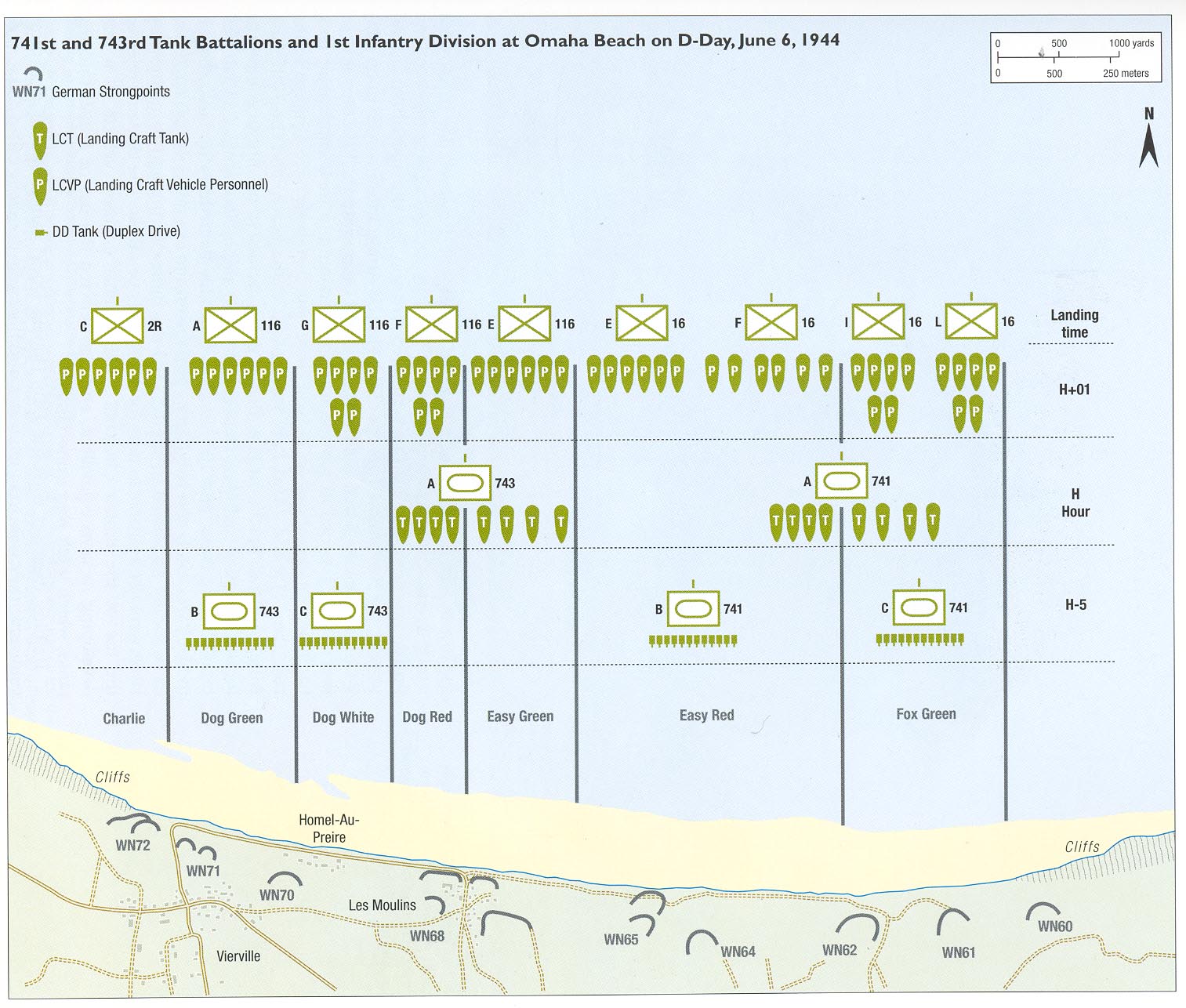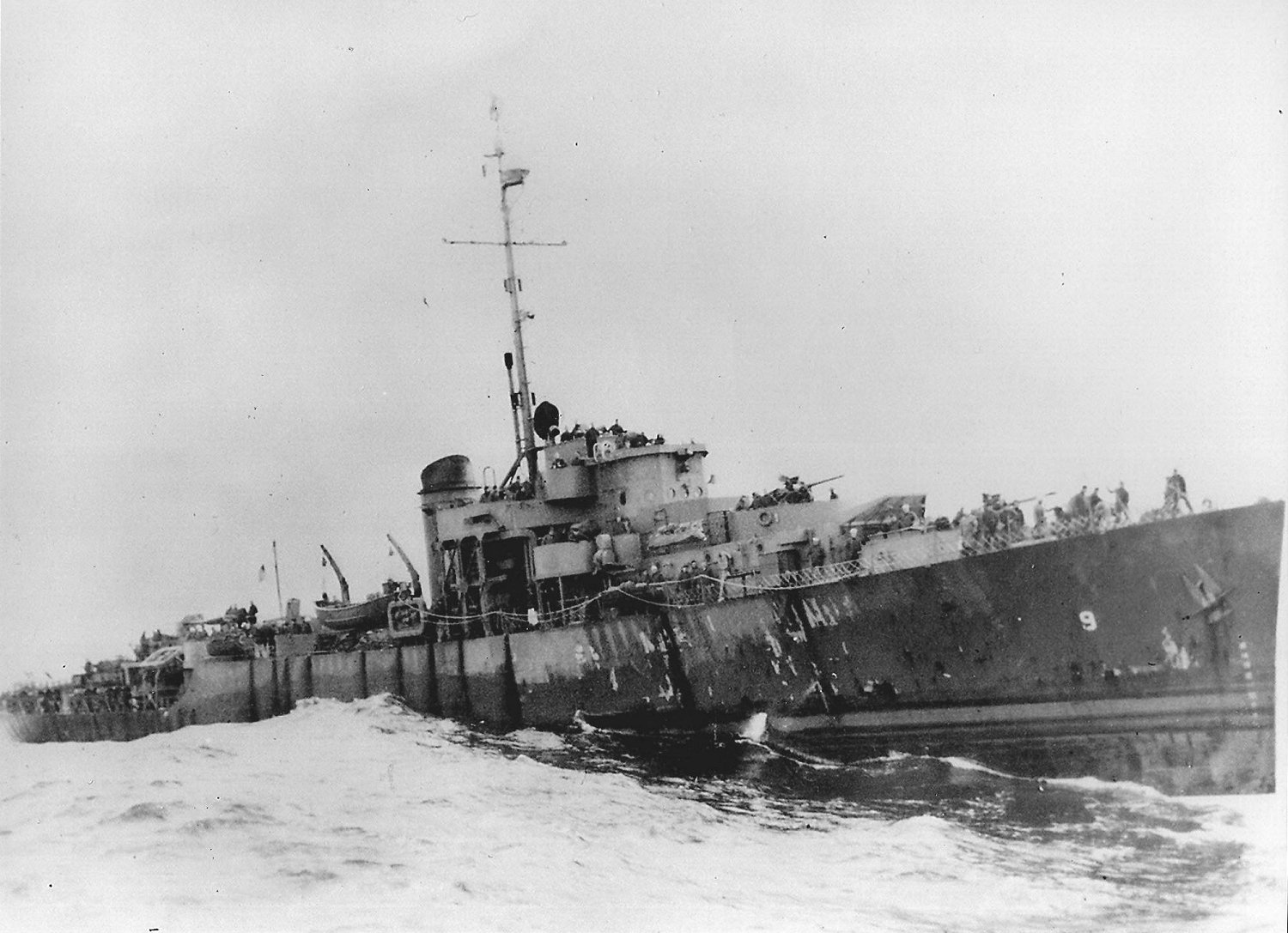Seventy years ago on this day, Wednesday, November 4, 1942 during the Battle of the Atlantic six merchant ships were sunk. Three were sailing with Convoy SC-107: the British steam merchant Empire Lynx was torpedoed and sunk by the U-132; the Dutch steam merchant Hobbema was also torpedoed and sunk by the U-132; and the British steam merchant Daleby was torpedoed and sunk by the U-89. A straggler from Convoy SC-107, the British steam merchant Hatimura was torpedoed and sunk by the U-442. During the attack, it was believed that U-132 was destroyed by the explosion of the Hatimura which was carrying roughly a thousand tons of munitions.
Also, the unescorted British steam merchant Oued Grou was torpedoed and sunk by the U-126 off the coast of central Africa in the southeastern Atlantic Ocean;
The unescorted American steam merchant William Clark was torpedoed and sunk by the U-354 off Jan Mayen Island in the Arctic Ocean. The William Clark was one of thirteen vessels sent unescorted and alone on the Murmansk run due to the high losses in previous convoys. This operation was code named Operation FB. Only five vessels reached their destination.
In the Indian Ocean, U-178 sunk the unescorted Norwegian steam merchant Hai Hing; and the unescorted British steam merchant Trekieve. This was U-178s first patrol. It lasted 125 days (six ships were sunk, 47,097 tons).
On Novermber 4, 1942 there were 122 U-Boats at Sea (Events this day - U-Boat Net). During the previous month, of October 1942, 105 ships (566,939 tons) were sunk and 15 ships (99,709 tons) were damaged by U-boats.









.jpg)







